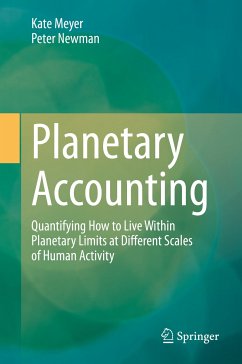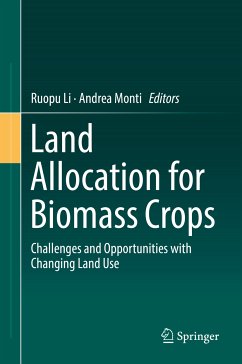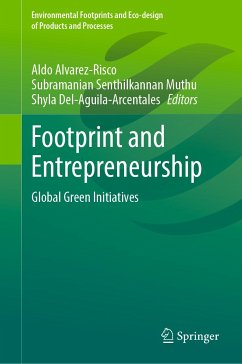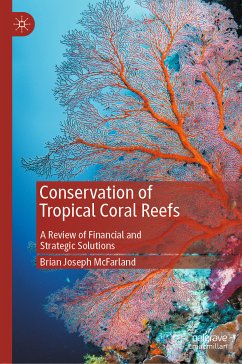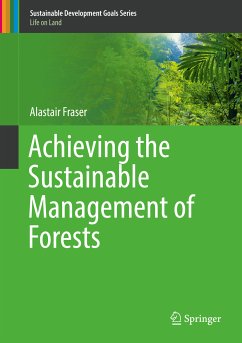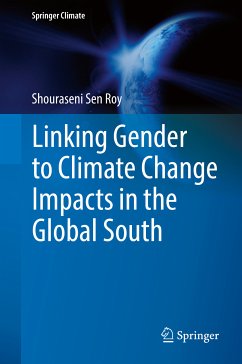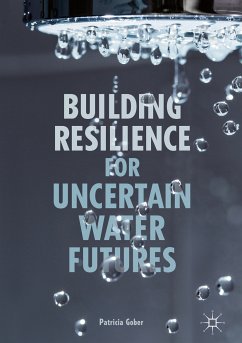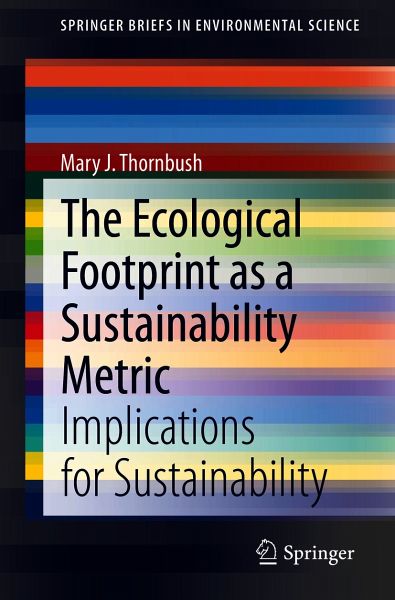
The Ecological Footprint as a Sustainability Metric (eBook, PDF)
Implications for Sustainability
Versandkostenfrei!
Sofort per Download lieferbar
48,95 €
inkl. MwSt.
Weitere Ausgaben:

PAYBACK Punkte
24 °P sammeln!
This book examines the Ecological Footprint and biocapacity accounting within an applied development content for Costa Rica. By doing so, it is possible to track changes as well as perhaps link these to overarching global issues, such as trade, globalization, and food security, among other emergent topics based findings stemming from this methodology. Based on a timeseries since 1961, it is possible to track cross-temporal changes of land-type categories (for crop land, grazing land, forest land, fishing ground, built-up land, and carbon) of the Ecological Footprint and biocapacity conveying w...
This book examines the Ecological Footprint and biocapacity accounting within an applied development content for Costa Rica. By doing so, it is possible to track changes as well as perhaps link these to overarching global issues, such as trade, globalization, and food security, among other emergent topics based findings stemming from this methodology. Based on a timeseries since 1961, it is possible to track cross-temporal changes of land-type categories (for crop land, grazing land, forest land, fishing ground, built-up land, and carbon) of the Ecological Footprint and biocapacity conveying whether a country is in ecological deficit and what may be contributing to such a trend
Dieser Download kann aus rechtlichen Gründen nur mit Rechnungsadresse in A, B, BG, CY, CZ, D, DK, EW, E, FIN, F, GR, HR, H, IRL, I, LT, L, LR, M, NL, PL, P, R, S, SLO, SK ausgeliefert werden.



